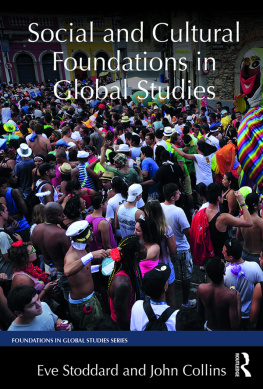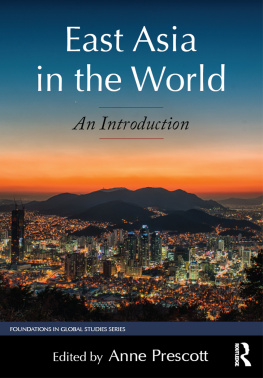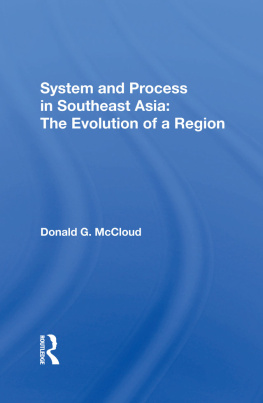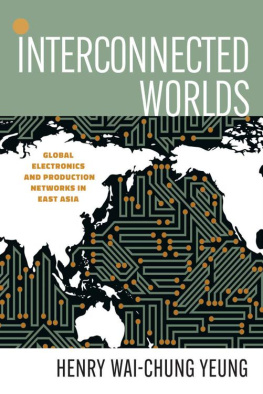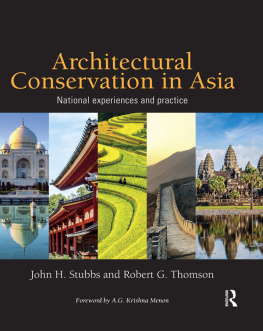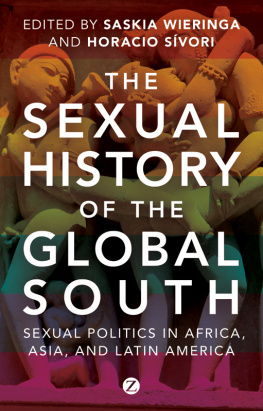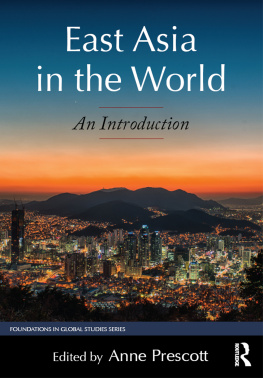Vulnerability and the vulnerable in an Asian plural state
Thaatchaayini Kananatu
Sharon G. M. Koh
Introduction
This book presents nine case studies of vulnerable groups within the socio-legal, socio-economic and socio-political contexts of a plural Malaysia. The case studies are diverse and each captures the vulnerabilities of one of several groups in Malaysia in terms of the age, class, gender, indigeneity, ethnicity, and socio-economic status of its members. Each study, while unique, exposes the heart of the issue, which is the divisive way in which social, legal, and political norms have historically grouped individuals based on particular criteria. The main theme of the book is vulnerability and the vulnerable, with sub-themes that encompass several populations in Malaysia, including transgender individuals, children, aboriginal people, as well as the economically and politically disadvantaged.
In a highly heterogeneous and divided world, categories, classifications, and hierarchies are commonplace. The non-exhaustive list of categories can include age, caste, class, gender, nationality, ethnicity, religious belief, sexual orientation, and social status. Each category or group is based on an arbitrary criterion. For example, historically, what constituted an African American or Black in the United States was the colour of a persons skin (Collier-Thomas & Turner, 1994). African Americans were subject to slavery, legal segregation, and social stigma for long periods of time due to the colour of their skin, before law and society in the United States reformed and began to recognise African Americans as free and equal persons.
In India, caste divisions and social hierarchies based on socio-cultural interpretations of religious texts led to the construction of the Outcastes or Untouchables (Chandra, 2005; Singh, 2009). The Untouchables, who later self-identified themselves as Dalits, were often subjected to geospatial exclusion, social segregation, and social stigma, before the Indian Constitution finally recognised them as Scheduled Castes and provided them with legal protection. These historical examples show that certain categories of individuals can be arbitrarily afflicted with discrimination, marginalisation, or exclusion, or can suffer from grievances or injustices due to their group identity.
While these historical examples are clear-cut cases of vulnerable groups, the terms vulnerability and vulnerable in the contemporary context have been diversely defined depending on different contexts. Vulnerability is often defined as being subject to some sort of harm or being exposed to a hostile environment. Nifosi-Sutton (2019) discussed the ordinary meaning of the terms vulnerable, vulnerability, and vulnerable groups by inferring them from the dictionary definition of the adjective vulnerable and from the everyday use of the words vulnerable and vulnerability. The context of Nifosi-Suttons (2017) book is international human rights law and case studies on the situations of irregular migrants from North and Sub-Saharan Africa in Italy, individuals affected by Typhoon Haiyan in the Philippines, and persons living in poverty in the United States. Hence, vulnerability was based on citizenship status, victimisation, and socio-economic status.
Ippolito and Iglesias Sanchez (2015), on the other hand, focused on the European human rights framework, which defines vulnerability as a universal, inevitable, enduring aspect of the human condition. Their study explained that vulnerability can be considered an attribute inherent to human nature: individuals are constantly exposed to potential harm (whether intentional or accidental), to the risks of fluctuating circumstances (due to rearrangements in society or merely because of the changes that come with ageing), or to the perspective of being dependent (as a result of innate or acquired disease or disability). Hence, vulnerability is a particularly dynamic concept that encompasses, but also transcends, the notions of minority groups.
One of the most successful attempts to provide a comprehensive definition of vulnerable groups is contained in the Brasilia Regulations Regarding Access to Justice for Vulnerable People (), which defines vulnerable people as:
[T]hose who, due to reasons of age, gender, physical or mental state, or due to social, economic, ethnic and/or cultural circumstances, find it especially difficult to fully exercise their rights before the justice system as recognised to them by law. The following may constitute causes of vulnerability: age, disability, belonging to indigenous communities or minorities, victimisation, migration and internal displacement, poverty, gender, and deprivation of liberty. The specific definition of vulnerable people in each country will depend on their specific characteristics, and even on their level of social or economic development.
In essence, the above studies and policy documents have referred to vulnerability and vulnerable groups as comprising particular groups such as migrants, refugees, asylum seekers, environmental migrants and internally displaced persons, children, individuals with socio-economic or financial problems (including the unemployed and single-parent families), the elderly, transgender persons, persons in detention and homeless people, and the socially vulnerable.
This book on Vulnerable Groups in Malaysia incorporates these definitions of vulnerability and the vulnerable by adopting the vision and mission established by the United Nations Global Compact in the Sustainable Development Goals:
Ensuring that these commitments are translated into effective action requires a precise understanding of target populations. However, the disaggregated data needed to address all vulnerable groups [our emphasis] including children, youth, persons with disabilities, people living with HIV, older persons, indigenous peoples, refugees, internally displaced persons, and migrants as specified in the 2030 Agenda, are sparse. Few of the current indicators, for example, are able to shed light on the particular situations of migrants, refugees, older persons, persons with disabilities, minorities and indigenous peoples.
(UN Sustainable Development Goals Report, 2016)
While adopting the spectrum of vulnerable groups defined in the UN Sustainable Development Goals Report (2016), this book focuses on groups and group identities that are defined or constituted by Malaysian laws and policies, as well as Malaysian social and cultural norms. The groups depicted in the nine case studies show that certain groups in Malaysia have been subjected to external harm exerted by legal, political, socio-economic and/or market forces. To understand the subtle and apparent linkages between a vulnerable group and its grievances, it is pertinent to examine the context of these case studies, which is Malaysias multicultural, hyper-diverse and plural Asian state.



